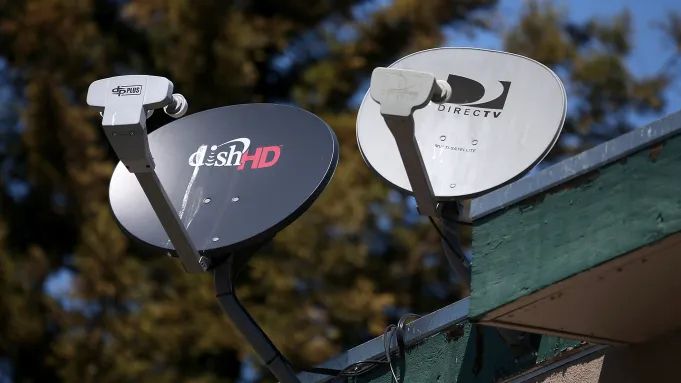Stock Firms Profit From Cost Efficiencies
Jon Oringer started his business venture by taking photographs—lots and lots of photographs. With no formal training, the 34-year-old founder and CEO of stock-photo and stock-footage Website Shutterstock posted 30,000 digital photos and began selling them online royalty-free.
In the six years since then, Shutterstock has grown into an international subscription-based service with more than 7 million images and 130,000 video clips. The company's library growth has been driven largely by the fact that cheaper digital equipment has allowed amateurs like Oringer to take professional-quality photos and footage. “We've put out an open call to whoever wants to contribute,” he says.
Oringer runs one of a number of production services capitalizing on a move toward cost-effective library content as a stand-in for more expensive, newly shot footage. In an economic climate of wilting ad revenues and viewer fragmentation, the bill for an original shoot is simply tougher than ever to justify when a cheaper version already exists, according to Mona Kanin. She is the regional director of the New York office for Framepool, an international-footage collection run by filmmakers that specializes in content for documentaries and low-budget nonfiction television.
“When you talk about getting a really great crew with an HD rig, you're talking about a minimum of $5,000 a day,” Kanin says.
Emily Harper, a freelance associate producer who works frequently for MTV, goes as far as calling ramped-up use of stock content “a big trend” in the industry. “Instead of getting in a helicopter and shooting the Brooklyn Bridge, that footage is right there [online] and I don't think viewers would know it was recycled,” says Harper, who has worked on the Video Music Awards and The Hills Uncensored. She most recently used a stock service when she needed photos of Italy for MTV's Domenico's Passport to Love.
Stuart Zwagil, VP of production at 44 Blue, was among the clients using royalty-free libraries to acquire B-roll footage; that is, until 44 Blue launched its own stock-footage archive, Picture Perfect, earlier this year. He says it's too early to tell if his initiative will profit, but the smartest outfits are getting creative when looking for B-roll.
“As budgets get tighter, the economy gets crazier, and you see more and more production companies like us who are looking at ways to be more efficient and maximize their dollars,” he says. “You see a lot of it; you're going to see more of it.”
Broadcasting & Cable Newsletter
The smarter way to stay on top of broadcasting and cable industry. Sign up below
Some of the biggest photo and footage services have seen the value in this “microstock” trend, with Getty purchasing iStockphoto in 2006 and Corbis delivering royalty-free footage with Corbis Motion. “I'd be naïve if I said this isn't something to watch; it absolutely is,” says Doug Segers, Corbis' director of photography and motion.
iStockphoto boasts 78,000 contributors and doles out about $1.2 million in royalties a week, according to COO Kelly Thompson. Some photographers and videographers make as much as $100,000 a year by selling their content on the site, Thompson says. iStockphoto estimates revenue of $200 million for 2009.
“[Microstock] companies have done a real service to groups of customers that Getty really hadn't been serving that well,” says Charlie Hill, director of product management at Getty. The company's purchase of iStockPhoto offered “simple solutions to mass-market consumers who are not interested in the same really complex licenses that traditionally Getty has been really good at…It's probably a fair criticism [to say] Getty's got some catching up to do.”
Other competitors, like Fotolia, profit by serving the slightly lower-quality photo space. Fotolia boasts 90,000 contributors. Another video footage company, Denver-based Thought Equity Motion, forged a partnership in May with NBC Sports. This spring, founder and CEO Kevin Schaff told the Denver Business Journal that the company was increasing revenue by 10% each month.
Not all microstock companies compile lists of broadcasters who use their service, but anecdotal evidence is telling. iStockphoto's footage has appeared on Nightline, The Oprah Winfrey Show, and in ads for the John McCain campaign as well as in music videos and promos.
Shutterstock's content has been used by A&E, CBS News Marketing, and VH1's Save the Music campaign, among others. As Oringer says: “They've found it to be an affordable library for them, and they've been able to find what they've needed at prices they've never seen before.”


















